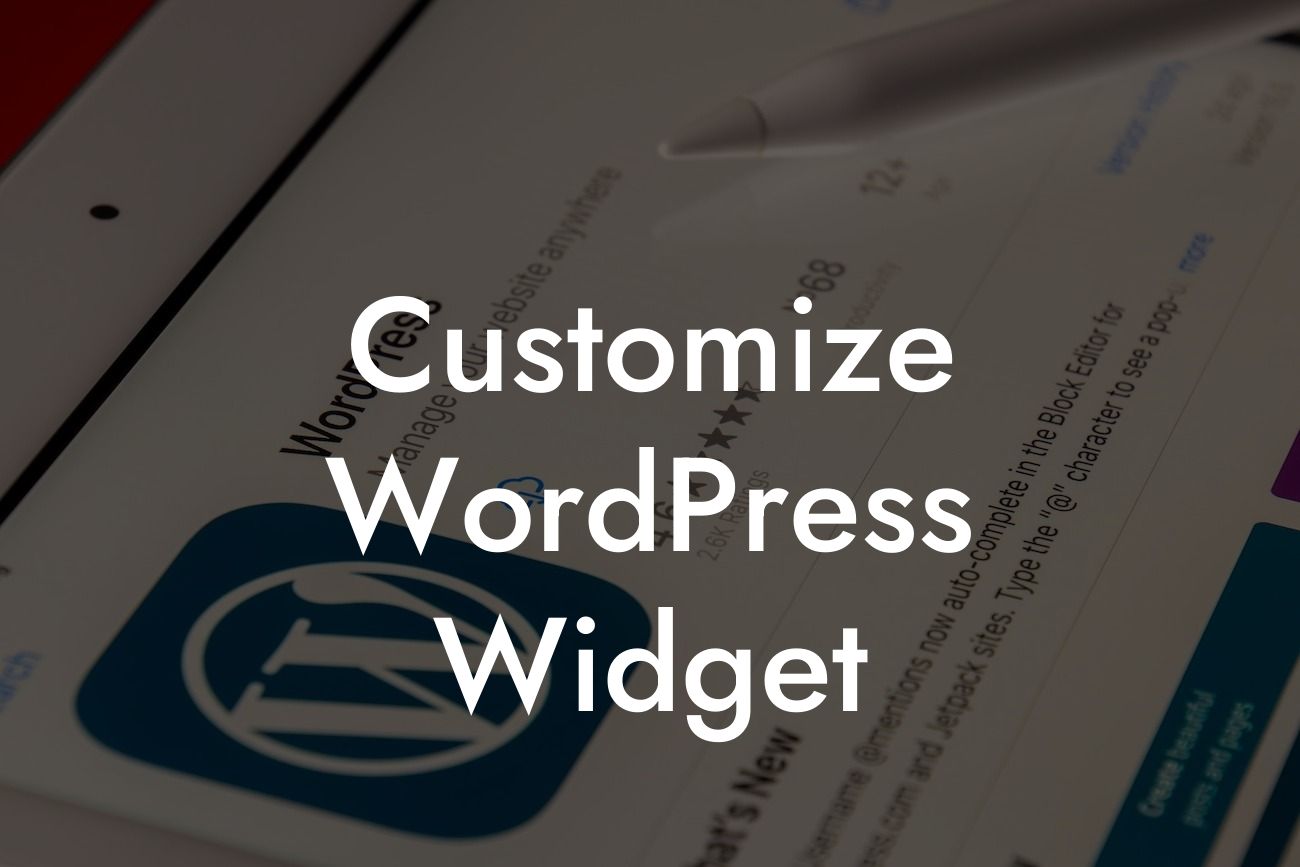Widgets are a powerful feature of WordPress, allowing users to easily add dynamic elements to their websites. However, sometimes the default widgets provided by WordPress may not meet your specific needs. That's where customization comes into play. By leveraging the flexibility and customization options available, you can transform your widgets to perfectly align with your brand and enhance user experience. In this guide, we will walk you through the process of customizing WordPress widgets, empowering you to create a website that stands out from the crowd.
Customizing a WordPress widget doesn't require coding knowledge or technical expertise. With a few simple steps, you can customize various aspects, including appearance, functionality, and content. Let's dive in and explore the possibilities.
H2 - Choosing the Right Widget:
Before customizing, it's crucial to select the right widget for your needs. WordPress offers a wide range of widgets, from simple text boxes to dynamic sliders. Evaluate your website's objectives and choose a widget that complements your goals.
H3 - Customizing Appearance:
Looking For a Custom QuickBook Integration?
1. Widget Titles: Provide a descriptive and appealing title to grab users' attention.
2. Colors and Fonts: Customize the widget to match your brand's visual identity, creating a consistent look and feel.
3. Styling Options: Take advantage of the available styling options to make your widget stand out.
H3 - Adding Functionality:
1. Interactive Elements: Integrate interactive elements like buttons or forms to enhance user engagement.
2. Social Media Integration: Increase your social media presence by adding social sharing buttons within the widget.
3. Advanced Functionality: Explore plugins that offer additional features, such as advanced filtering or analytics integration.
H3 - Customizing Content:
1. Text and Images: Tailor the text and images within the widget to communicate your message effectively.
2. Dynamic Content: Utilize dynamic content options to display personalized information based on user preferences or location.
3. Custom Fields: Incorporate custom fields to allow users to enter information or make selections within the widget.
Customize Wordpress Widget Example:
Imagine you run an e-commerce store and want to promote a limited-time discount. Instead of simply displaying the discount percentage, you can customize a widget to showcase an attractive image, engaging text, and a countdown timer. This personalized touch will grab users' attention and drive them to make a purchase.
By customizing your WordPress widget, you have the power to elevate your online presence and provide a seamless browsing experience for your visitors. Explore DamnWoo's range of plugins to unlock even more customization options and take your website to the next level. Don't forget to share this article with others who can benefit from our engaging guide on customizing WordPress widgets.













